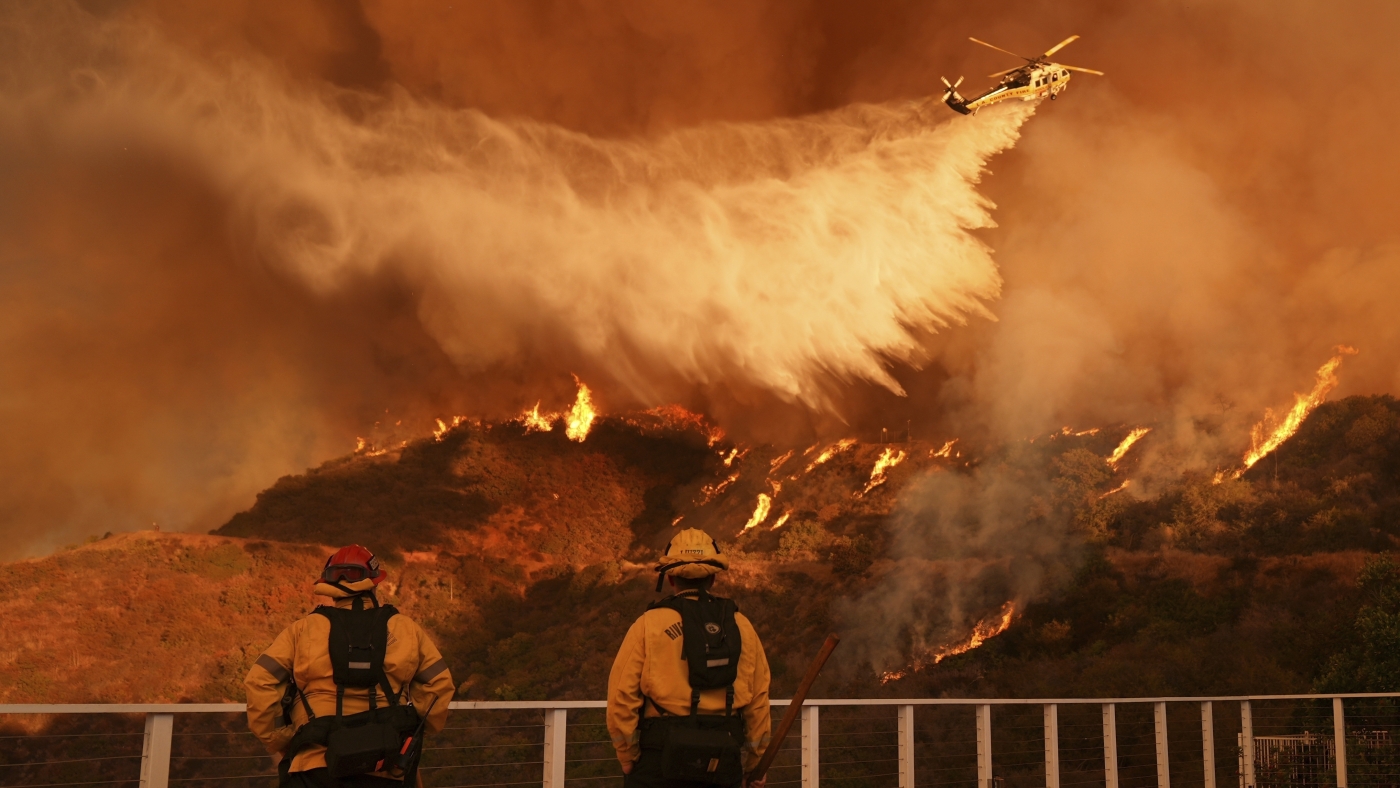Gas Prices Fall Despite Seasonal Trends
Gas prices are falling nationwide due to increased oil supply and weak demand, AAA reports.

Gasoline prices across the U.S. are dropping, bucking the typical seasonal trend of increases, according to AAA. The shift is being attributed to supply and demand dynamics, particularly a significant announcement from OPEC+ and recent data from the Energy Information Administration (EIA).
AAA reports that OPEC+ will increase oil production by more than 400,000 barrels per day starting next month. This unexpected output boost has triggered a decline in crude oil prices. The combination of oversupply and weak gasoline demand is driving prices at the pump lower.
According to EIA data, gasoline demand fell from 8.49 million barrels per day to 8.42 million barrels. Total domestic gasoline supply also declined, moving from 237.6 million barrels to 236.0 million barrels. Gasoline production averaged 8.9 million barrels per day last week.
As of today, the national average for a gallon of regular gasoline is $3.22. That figure is up from $3.08 one month ago, but down from $3.61 a year ago.
Oil Market Developments
Crude oil prices reacted to the production news and supply levels. At the close of Wednesday’s formal trading session, West Texas Intermediate (WTI) crude rose by $2.77, settling at $62.35 per barrel. The EIA reports that U.S. crude oil inventories grew by 2.6 million barrels over the last week. Inventories now stand at 442.3 million barrels, which is about five percent below the five-year seasonal average.
EV Charging Prices Hold Steady
Meanwhile, the cost of public electric vehicle (EV) charging remained unchanged over the past week. The national average price per kilowatt hour at public charging stations is holding steady at 34 cents.
State-by-State Breakdown
California continues to lead the nation with the highest average gas price at $4.92 per gallon, followed by Hawaii ($4.52), Washington ($4.38), Oregon ($4.00), and Nevada ($3.97). Other states among the top 10 most expensive gas markets include Alaska ($3.65), Illinois ($3.46), Arizona ($3.39), Pennsylvania ($3.38), and Idaho ($3.35).
The states with the least expensive gas are Mississippi ($2.73), Tennessee ($2.75), Oklahoma ($2.77), Louisiana ($2.81), and South Carolina ($2.81). Rounding out the 10 lowest are Texas ($2.82), Kentucky ($2.84), Alabama ($2.84), Arkansas ($2.84), and Kansas ($2.87).
For EV drivers, Hawaii has the highest public charging rate at 56 cents per kilowatt hour. West Virginia (47 cents), Montana (45 cents), South Carolina (43 cents), and Tennessee (42 cents) follow. Other high-cost states include Idaho and Kentucky (41 cents), and Alaska, Louisiana, and New Hampshire (40 cents).
Conversely, the least expensive states for EV charging are Kansas (22 cents), Missouri (25 cents), Iowa and North Dakota (26 cents), and Nebraska and Delaware (27 cents). South Dakota (28 cents), Utah and Texas (29 cents), and Maryland (30 cents) complete the list.
Despite the seasonal expectation for higher fuel costs, market conditions are currently pushing prices in the opposite direction, offering temporary relief for drivers across the country.
Image: AAA
This article, "Gas Prices Fall Despite Seasonal Trends" was first published on Small Business Trends










































































